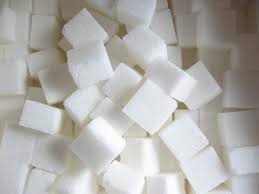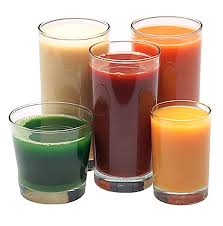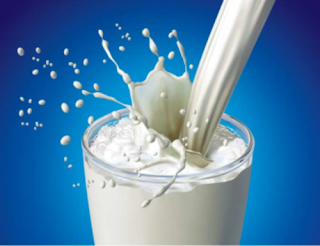healthy foods for children
Cow’s milk is the complete nutrition for your child. Like adults, your child’s diet should also include 3 meals and two nutritious snacks every day. Teach him healthy food habits like green vegetables and fresh fruits. You should try to avoid low nutritious food items for your child likes sweet dessert, candies, soft drinks and chips. A proper nutritious diet can reduce large number of medical problems. It also increases the stamina of your child.
A balanced nutritious diet includes a number of facts. Don’t restrict your child to a single food item. Encourage him to eat variety of food. Also include physical activity for balancing the food properly. Nutritious diet includes leafy green vegetables and fresh fruits. Choose a diet moderates in sugars and low in fat. Balanced diet should include food item rich in calcium. Calcium is necessary for meeting the requirements of a healthy growing
Make regular exercise and healthy eating habits as a daily routine of your life. Your child will enjoys healthy food habits with the complete family instead of doing it alone. Your child’s body becomes hydrated quickly as compared to others. Ask your child to drink excessive water. Fat is also an essential requirement by the growing children. The child under the age of two should not have the ant fat restriction.
How parents can know their child is growing properly?
How parents can know their child is growing properly?
Growth rate is measured through growth chart. This chart is easily available at child health agencies or public health clinics. Track the proper record of the food consumed by your child.
Feeding guide for preschoolers
- Fruit Group: this group includes citrus fruits and their juices. Your child should consume two to four servings in a day.
-
Cereal Group:This group includes bread, pasta, cereals and rice. The serving size includes ½ slice of bread, ¼ cup of cooked rice and cereal, 4 crackers and ½ cup of ready to eat cereals. Your child should eat 6 to 11 servings according to suggested serving size.
- Milk Group: This group includes milk, cheese and yogurt. The serving size includes ½ cup of milk, 1 ounces of processed cheese and ¾ ounce of natural cheese. Your child should eat 4 servings of milk group in a single day.
- Meat Group:This group includes meat, poultry, fish, dry beans, eggs, peas and nuts. The serving size includes 2 tablespoons peanut butter, ½ egg, ½ cup of cooked beans, fish and 1 ounce of cooked meat. Your child should eat 3 to 5 servings according to suggested serving size.
- Fats Oils and Sweets:Only a certain percentage of your complete diet should come from fat. Importance of fats reach food is also divided into various categories. These are saturated fats, unsaturated fats and poly saturated fats. Sources of saturated fats are dairy products, meat, coconut and palm. Sources of unsaturated fats are olive and peanuts. Poly saturated fat comes from sunflower, soybean and cottonseeds oils. A child diet should not contain saturated fats more than 10 percent.
Some important tip 
- Use low fat dairy products and unsaturated vegetable oils for your child. Don’t forget to check the nutrition label chart for verifying the amount of fat in each food item. Saturated fat food items should be consumed in lower quantity. Sugar should be used only in limited amount in your food.
- Fast food is delicious but hazardous for your child’s health. Fast food has zero nutritious value. So you should restrict your child from consuming fast food. Ask your child to give his opinion for deciding a healthy diet plan for him. In this way, he will appreciate your decision and also follows the diet chart carefully.
Prevent Feeding problems
- The best >
- Sometimes, children refuse to eat certain food items in starting. But you don’t have to worry about it. After sometime, he becomes habitual of eating healthy food in proper quantity. Your preschooler does not require calories in a large amount in this age. Preschoolers grow at a small rate and they also require small energy as compared to adults. If you are still worried about your child health then you can give vitamin juice daily to your child.
- Some kids try new food items after offering 10 to 15 times. But you should not give up. Other best

Calcium Requirements
- Calcium is the essential nutrient required by your child’s bones. Your child’s diet should contain calcium in large quantity in order to maintain strong bones. Calcium also prevents osteoporosis development in the adults. Preschoolers require 800 mg of calcium daily in their diet. The best sources of calcium are milk, white beans, broccoli, cheese, yogurt, citrus fruits and sweet potatoes. Your child’s diet should be calcium rich. Ask your child to select to select desired ingredients from the above list. Orange juice and milk are most commonly liked by all children
- Iron is the other essential nutrient required by your child. iron is necessary for proper growth of your child. Iron is also necessary for maintaining strong muscles and blood level of your preschooler. Preschoolers require 10 mg of iron daily in their diet. The rich sources of iron are beef, peanuts, nuts, green peas, spinach, tomato juice, squash, raisins and watermelon.









No comments:
Post a Comment